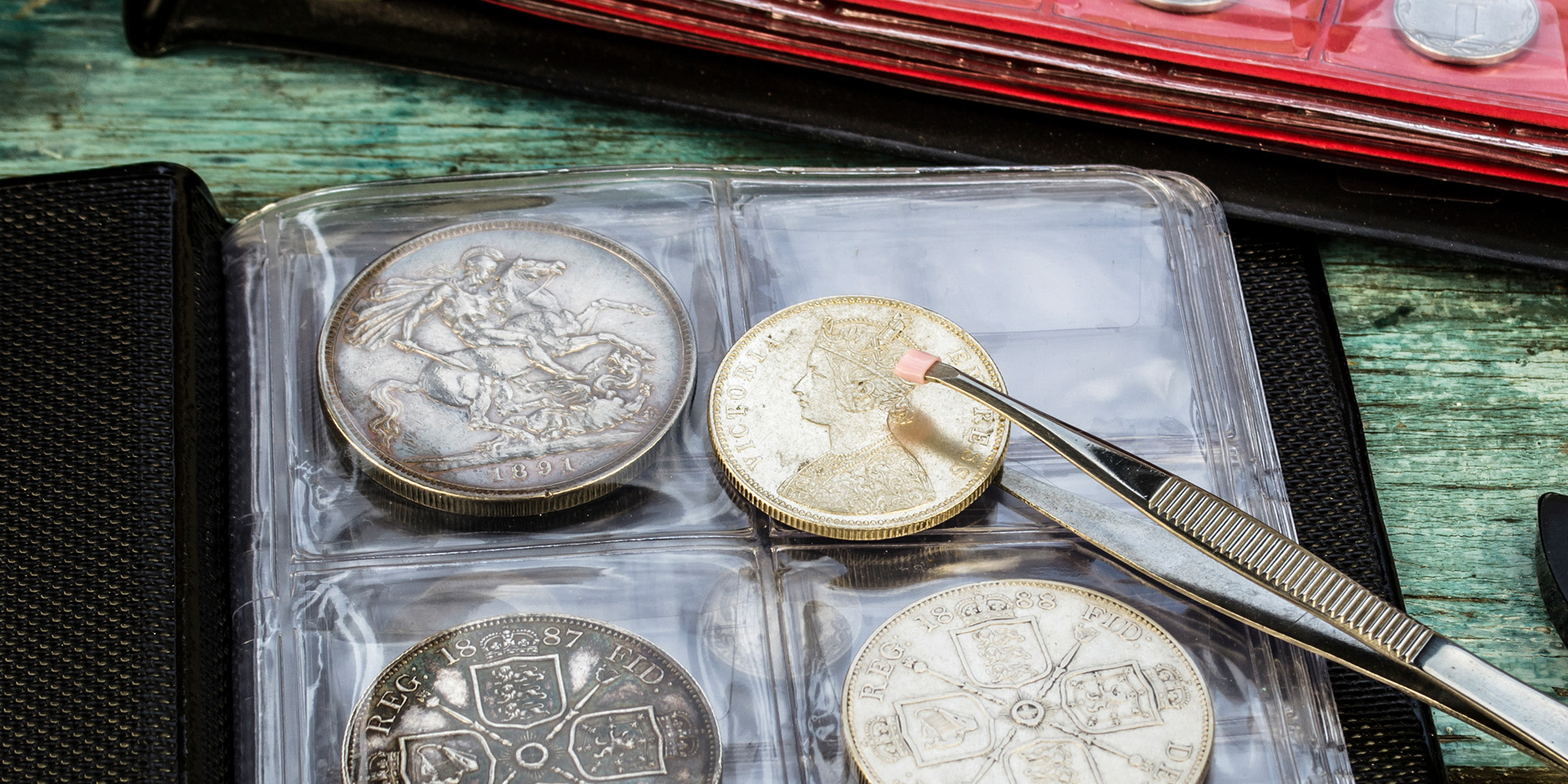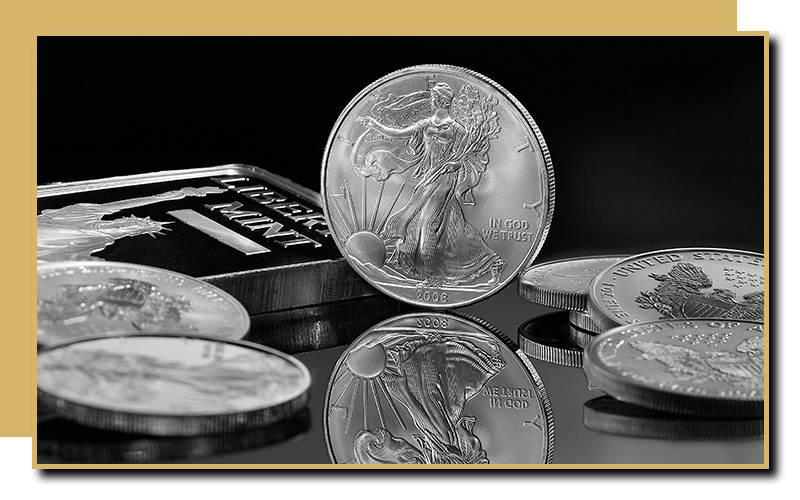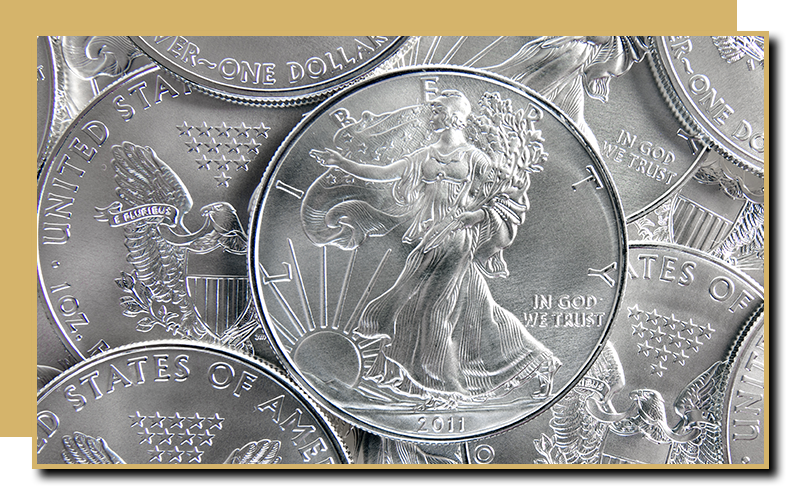What Can Affect the Value of a US Silver Dollar Coin

Here are 4 things that Can Affect the Value of a US Silver Dollar Coin
Silver dollars have been around since the late 1700s — 1794 to be exact. At that time, coins were usually made of pressed precious metals, so it makes sense that one of the first types of currency in the newly-formed United States would be made out of pure silver. Flash forward over 200 years later, and the silver dollar coin became the metal dollar because it was no longer made of silver. Since then there has been waning interest in the silver dollar as a form of legal tender, however, collectors still look to pure silver dollars as well as Commemorative (non-circulated) pieces for their beauty and long-term value.
If you’re interested in collecting silver dollars, it’s important to know the factors that can affect their value. The following are just a few of the most common things to consider, but if you would like to learn more, buy your own silver dollars, or get advice from a trusted expert who has helped thousands of people in over 30 years in the business, contact Austin Rare Coins and Bullion.

Supply
The biggest determinant in price is related to supply. Some silver dollars were minted in very small amounts making them harder to get right from the start. This combined with over two hundred years of history means that many of these early dollars likely didn’t survive to the present day. Keep in mind that since silver dollars were in fact made out of silver, it was also common for people to melt them down to be used for other purposes.
 Condition
Condition
Although most people can probably say that they’ve never paid for something with a silver dollar, when they were first introduced, they were one of the primary forms of currency. Because of this, silver dollars were often discolored and worn from years of use. That’s why mint condition vintage silver dollars are usually worth quite a bit more than their well-used counterparts.

Materials
From their inception in 1794 until 1935, silver dollars were almost entirely made of real silver. They contained 90% silver and 10% copper, to be exact. In later years, silver dollars were no longer made out of silver. They became clad coins consisting of layers of copper and nickel. The materials used in dollar coins will affect their worth significantly. Those made of almost pure silver will have a higher value that is at least close to the current market price of this precious metal (not taking into account additional factors of rarity and condition).

Design
Over the decades the silver dollar has featured several different designs. Some of those designs are more valuable than others because they are more sought out and harder to find. From the first design of the “Flowing Hair Dollar” to the more recent Susan B. Anthony dollar, the pictures featured on US dollar coins feature prominent figures and symbols in American history.
Silver coins hold value because the metal they are pressed from holds value. But there are several other factors that can influence a silver dollar’s worth. Even if a coin is only worth the metal it’s made of, because of the stability of the precious metals market, many people look to silver coins as a worthwhile investment.
If you’re interested in buying silver dollars, gold coins, or other precious metals, check out Austin Rare Coins and Bullion. We are one of the most trusted dealers in the industry with over 1 billion dollars in trades and an A+ BBB rating. Contact us today or visit our website.







